Adler17
Prussian Feldmarschall
New deadline: Tomorrow morning.
Adler
Adler
![Party [party] [party]](/images/smilies/partytime.gif) My first win on the PM-based quiz! Only one competitor, but he was the respectable YNCS, who has always landed in front of me until now!
My first win on the PM-based quiz! Only one competitor, but he was the respectable YNCS, who has always landed in front of me until now! Seriously, I just want to come up with a quiz which matches the high standard of all the previous ones!
Seriously, I just want to come up with a quiz which matches the high standard of all the previous ones! I admit it is relatively Eurocentric, but otherwise it is fairly broadly distributed. The quiz is too large to post in one post, so here it comes in two parts. And remember, no research allowed!
I admit it is relatively Eurocentric, but otherwise it is fairly broadly distributed. The quiz is too large to post in one post, so here it comes in two parts. And remember, no research allowed!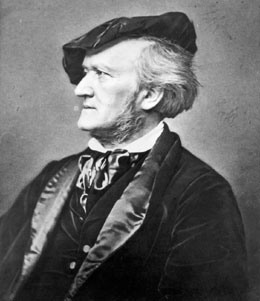

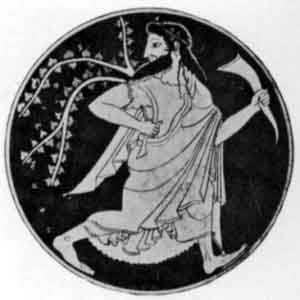

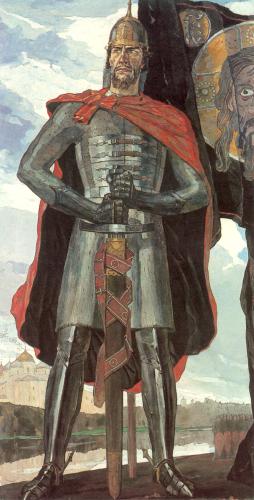
He also said that (???) awakened me from my dogmatic slumbers. Who was ??? (1 point)??? said:The question may now be put: Do we live at present in an enlightened age? The answer is: No, but in an age of enlightenment. Much still prevents men from being placed in a position or even being placed into position to use their own minds securely and well in matters of religion. But we do have very definite indications that this field of endeavor is being opened up for men to work freely and reduce gradually the hindrances preventing a general enlightenment and an escape from self-caused immaturity. In this sense, this age is the age of enlightenment and the age of Frederick (the Great)[Frederick II of Prussia].
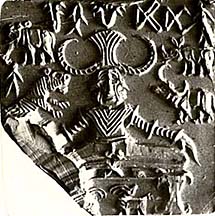
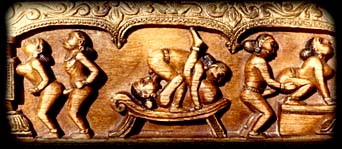
??? said:Heaven and earth were once joined as Ranginui, the Sky Father, and Papatuanuku, the Earth Mother, lay together in a tight embrace. They had many children who lived in the darkness between them. These children grew and discussed amongst themselves what it would be like to live in the light. Tu-matauenga, the fiercest of the children said: 'Let us kill our parents and then we can live always in light.' But Tane Mahuta his brother disagreed: 'No, there is no need to kill them, we can just push them apart, then our Father the Sky can be above us to watch over us and our Mother can be below to nurture us.'
All the other children agreed to this except Tawhiri-matea, the Son who was in charge of Storm and Wind; he was sad at the idea that the parents would be torn apart. The others put their plans into action: Rongo-ma-tane, the god of cultivated crops and food tried to push his parents apart, then Tangaroa the god of the sea and his sibling Haumia-tikitiki, the god of food which grows without being cultivated, joined him. In spite of their joint efforts, Rangi and Papa remained close together in a loving embrace. Finally, Tane Mahuta, the god of forests and insects tried, but instead of standing upright and pushing with his hands as his brothers had done, he lay on his back and pushed with strong feet. Stretching every sinew, Tane pushed and pushed until with cries of grief and surprise, Ranginui and Papatuanuku were prised apart.
Tawhiri-matea could not bear to hear the cries of his parents, nor see the tears of the Sky Father at the parting, so he created great storms and winds and promised his siblings that from henceforth, they would have to contend with his wrath. He joined his father in the sky from where he periodically punishes the earth and sea with his violent storms. Rangi and Papa continue to grieve for each other to this day. Rangi's tears fall towards Papatuanuku to show how much he loves her. Sometimes Papatuanuku heaves and strains and almost breaks herself apart to reach her beloved partner again but it is to no avail. When mist rises from the forests, these are Papa's sighs as the warmth of her body yearns for him and continues to nurture mankind.
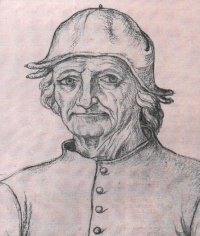
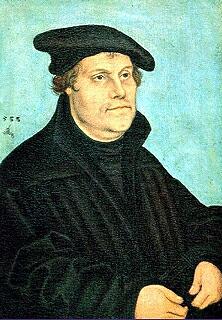
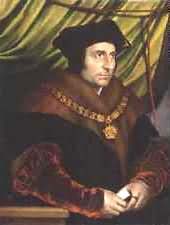
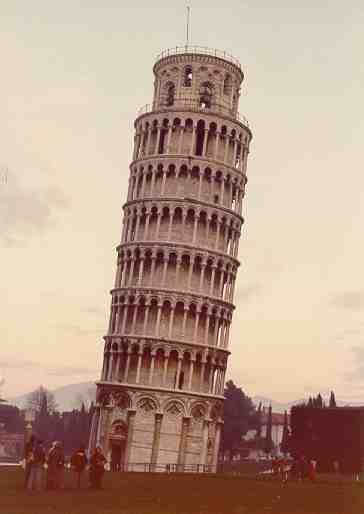
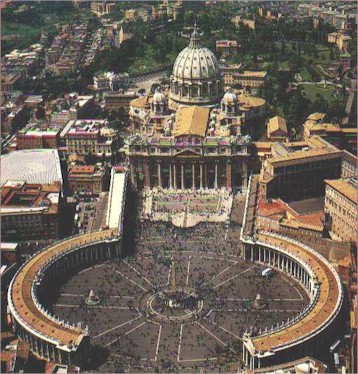
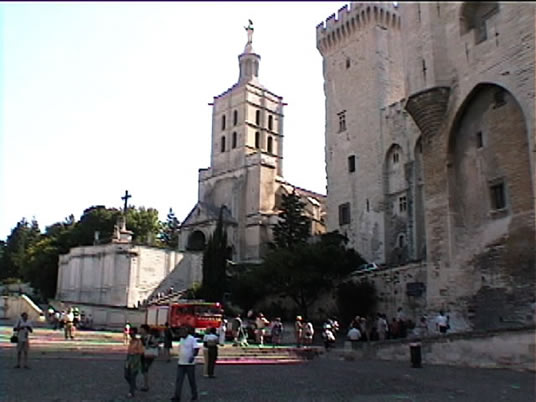
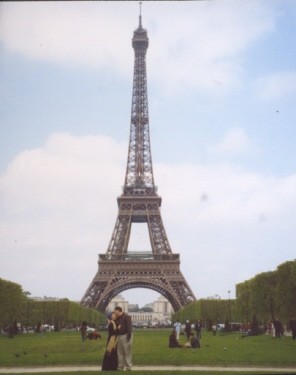


The following was written in the first post of the quiz:thetrooper said:Nice quiz Ciceronian! What about the deadline?
As it looks at the moment, I will have an internet access in my holiday place next week, *but* it may not get set up until some time during next week. So I will probably be off from Sunday morning to perhaps Tuesday or so, let's see. So let's say the deadline will beCiceronian said:I don't have a deadline yet, it depends on whether I will be able to go online next week. I will post a deadline later, but try and submit as soon as possible please.

 , which is a real pain, I wasn't able to PM most people individually on their answers. The answers will also not be too detailed for the same reason. Sorry for that. Now we come to the solutions and the grand winner... the great, ingenious, unbeatable historian luceafarul!
, which is a real pain, I wasn't able to PM most people individually on their answers. The answers will also not be too detailed for the same reason. Sorry for that. Now we come to the solutions and the grand winner... the great, ingenious, unbeatable historian luceafarul! 

That's the sort of stories opera librettos come from! Thanks for the lesson, I had no idea of this fascinating tale!Ciceronian said:.
4. The picture shows the Cadaver Synod of 897, where Pope Stephen VII put his predecessor Formosus to trial posthumously for various allegations. He actually had him dug up again and present in the courtroom, and he condemned him to being stripped of his papal garments and had him thrown into the Tiber. All of Formosus' edicts were anulled.

I will decide tomorrow. I am going abroad on Wednesday, and just like you I will have only sporidically access to internet then. I am now intending to rest on my laurels and decide tomorrow if I will make one or pass it to our excellent friend Plotinus.So it's luceafarul's turn next. He told me he may pass, in that case Plotinus would be able to take it. But first, let's see if luceafarul is willing.

Ciceronian said:Harald Fairhair was the first king of the Norwegians around 900, uniting them for the first time.
thetrooper said:aka Harald Finehair (Medieval Scandinavia, Birgit & Peter Sawyer, 1993).
I must admit that I haven't seen the Finehair reference elsewhere (luceafarul?). Doesn't matter though - Fairhair sounds more... right (maybe because of the rhyme).
The Norwegian word is Hårfagre btw (fager ~ fair as in "the fair sex"). Poor Harald!

 It is a good thing that the level is constantly raised, even if that makes it more demanding for us who have to stitch together new quizes...
It is a good thing that the level is constantly raised, even if that makes it more demanding for us who have to stitch together new quizes...